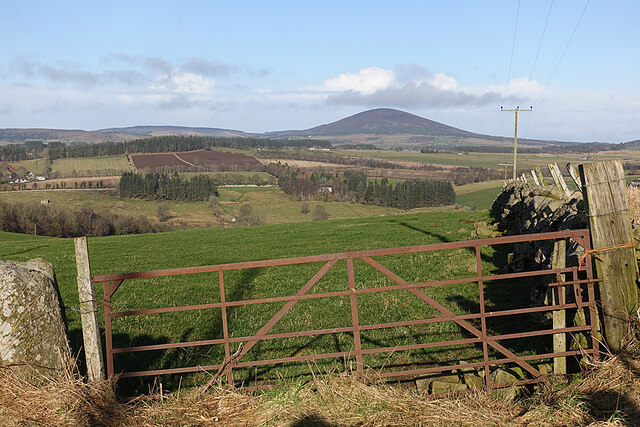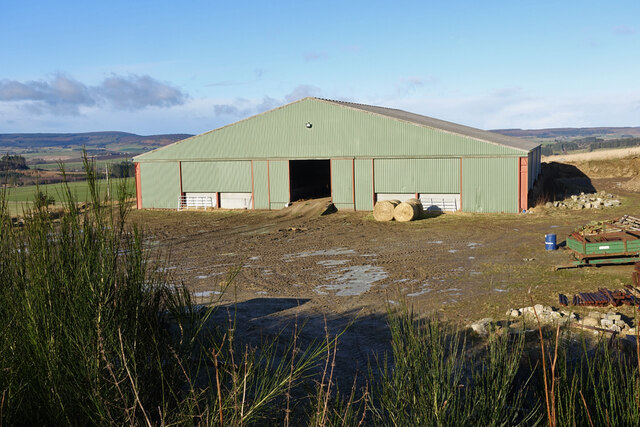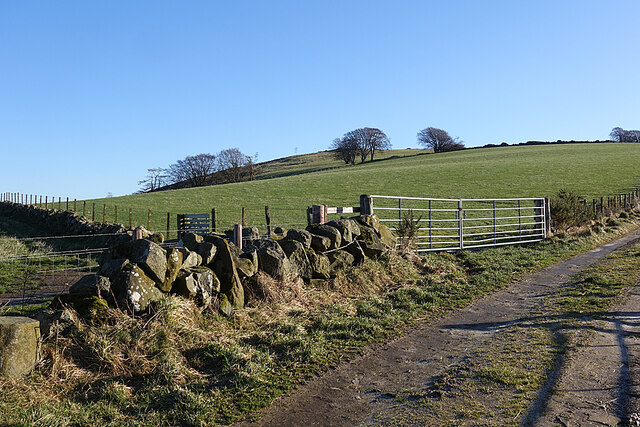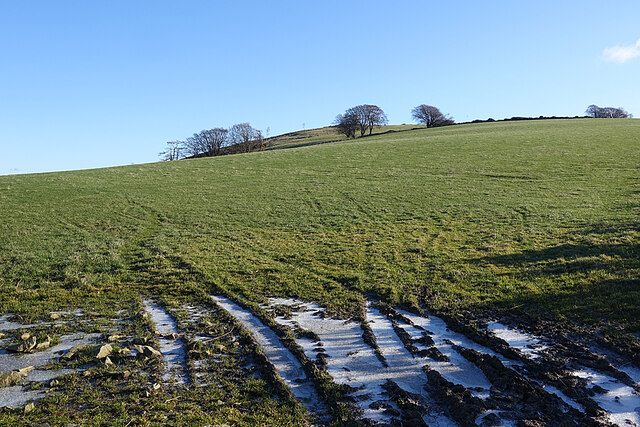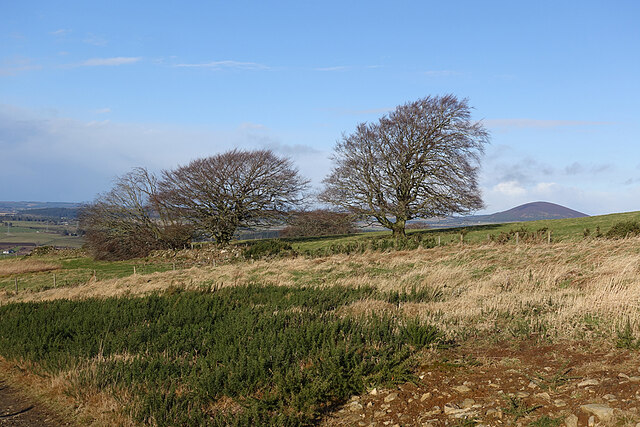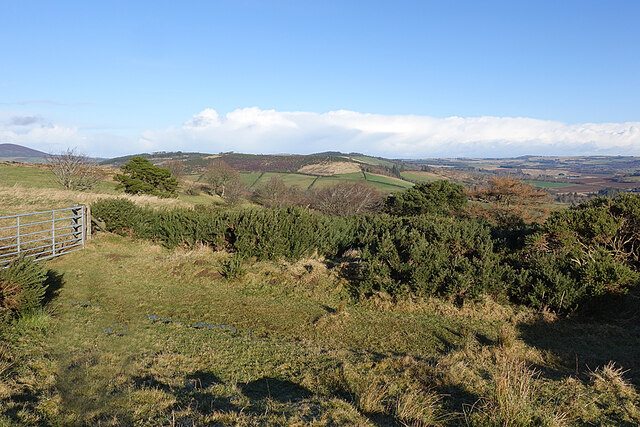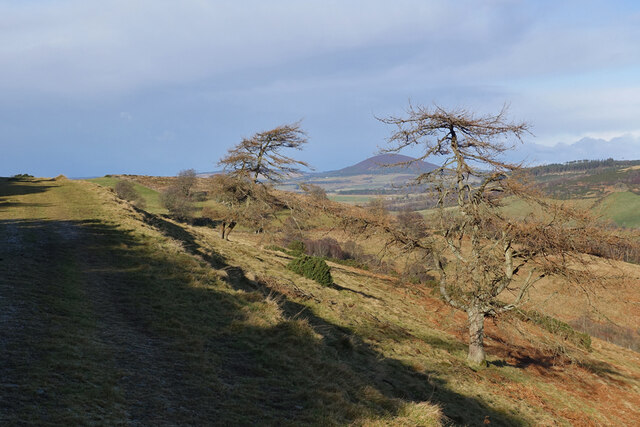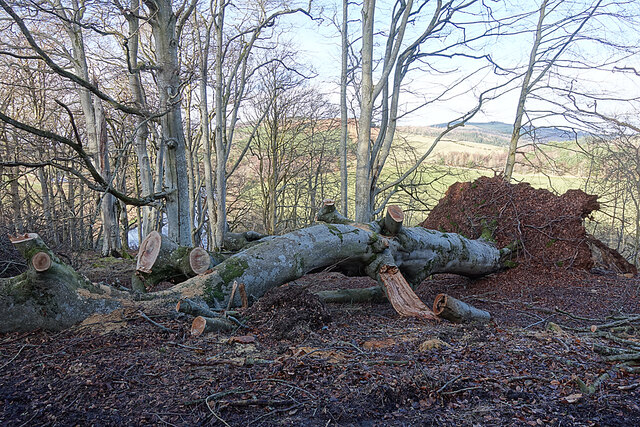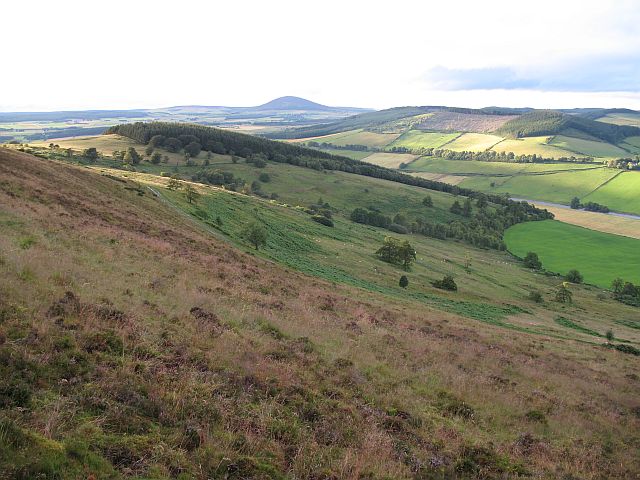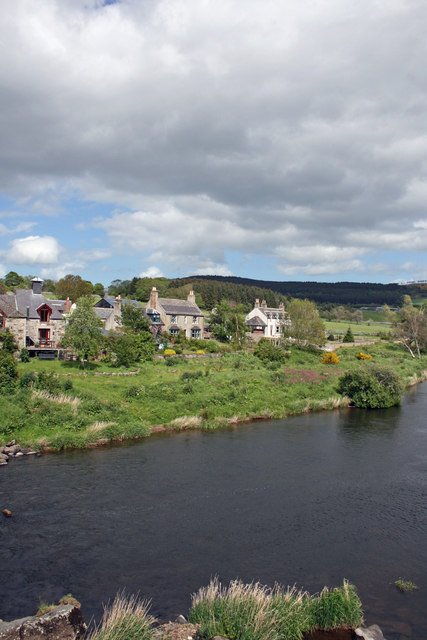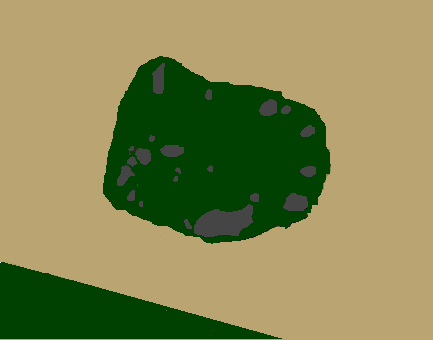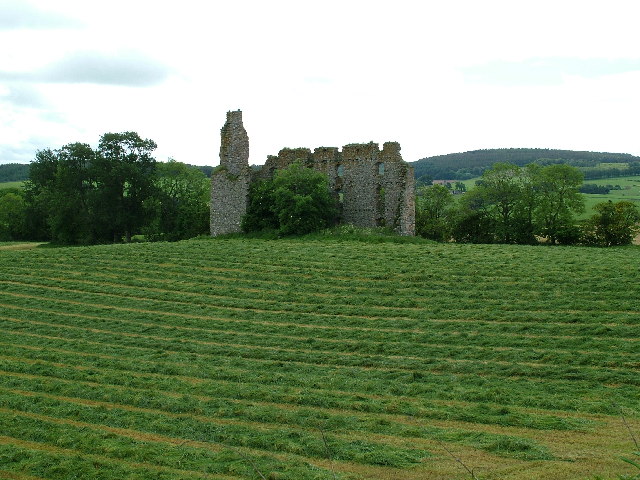Sunny Brae
Downs, Moorland in Banffshire
Scotland
Sunny Brae
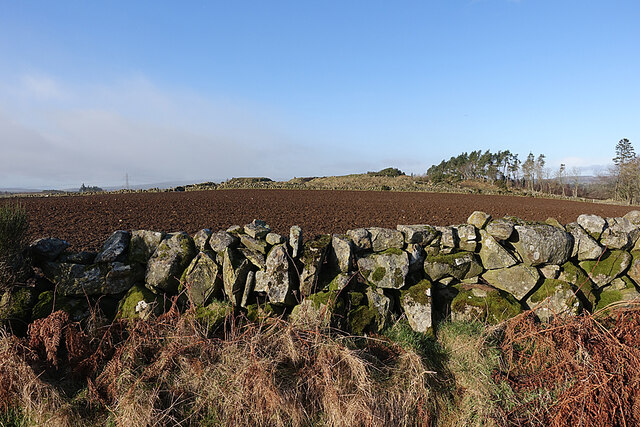
Sunny Brae is a picturesque village located in Banffshire, a region known for its stunning natural beauty and rugged landscapes in Scotland. Nestled amidst rolling downs and moorland, the village offers a serene and idyllic setting for locals and visitors alike.
The downs surrounding Sunny Brae are characterized by their gentle slopes and lush greenery, providing breathtaking panoramic views of the surrounding countryside. These downs are perfect for leisurely walks and picnics, offering a peaceful escape from the hustle and bustle of city life. The moorland, on the other hand, showcases a more rugged and wild terrain, with heather-covered hills and rocky outcrops. This diverse landscape attracts nature enthusiasts, hikers, and photographers, who can explore the vast expanses and discover hidden gems.
Sunny Brae itself is a small community with a close-knit and friendly atmosphere. The village is dotted with charming cottages and traditional stone houses, adding to its quintessential Scottish charm. The locals are known for their warm hospitality and strong sense of community, making visitors feel welcome and at home.
In terms of amenities, Sunny Brae offers basic facilities such as a village store, a cozy pub serving local fare, and a community center where residents gather for social events and activities. The village also benefits from its proximity to larger towns in Banffshire, ensuring easy access to healthcare, education, and other essential services.
Overall, Sunny Brae, with its downs, moorland, and tight-knit community, is a hidden gem in the Banffshire region, offering a peaceful and picturesque escape for those seeking tranquility and natural beauty.
If you have any feedback on the listing, please let us know in the comments section below.
Sunny Brae Images
Images are sourced within 2km of 57.519304/-2.7198311 or Grid Reference NJ5647. Thanks to Geograph Open Source API. All images are credited.
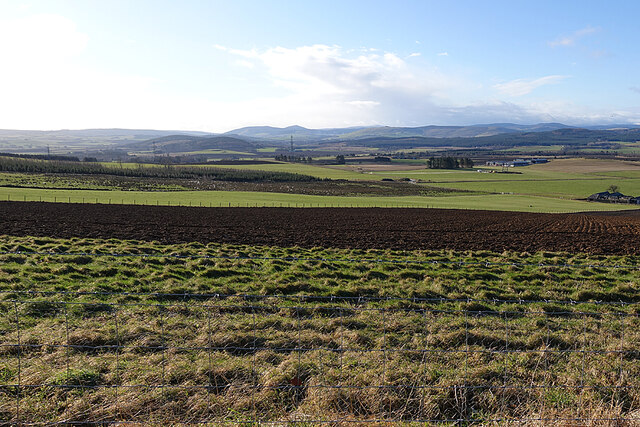
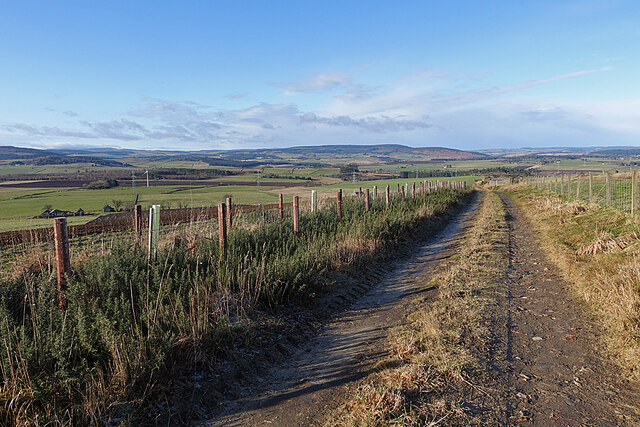

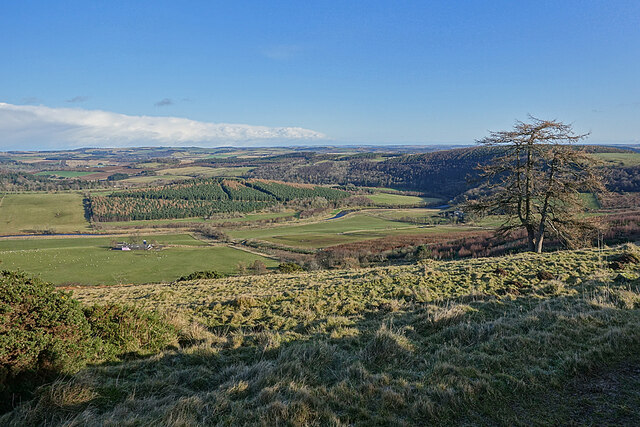
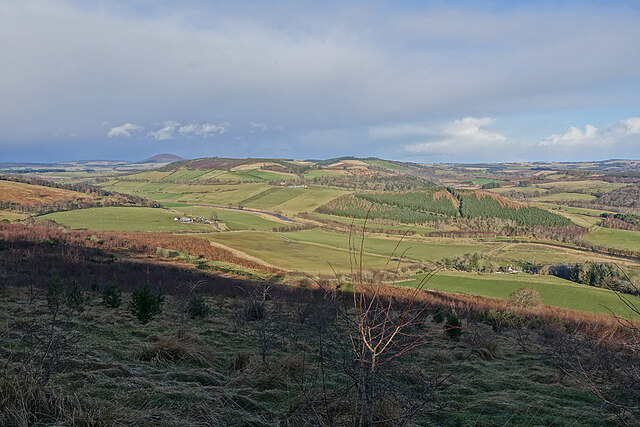
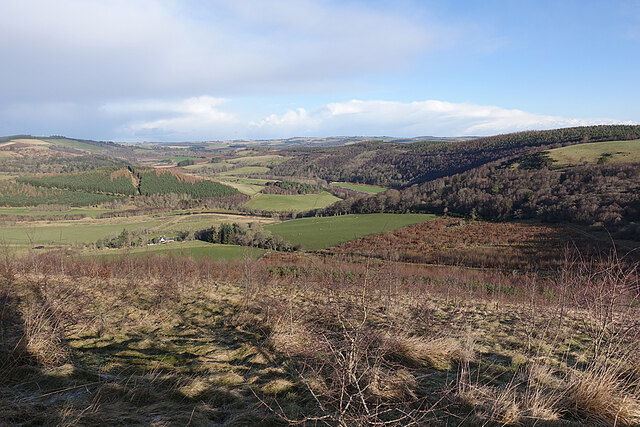
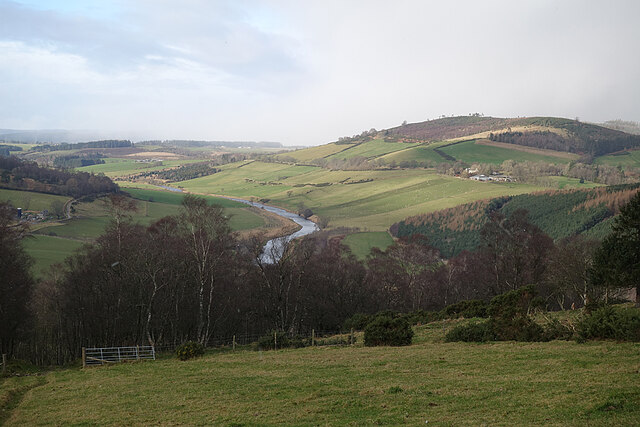
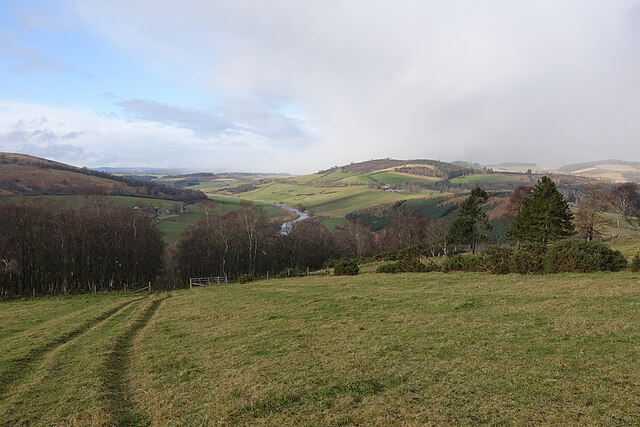
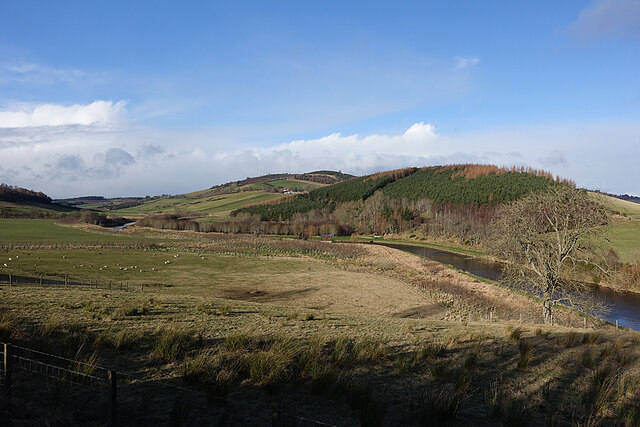
Sunny Brae is located at Grid Ref: NJ5647 (Lat: 57.519304, Lng: -2.7198311)
Unitary Authority: Moray
Police Authority: North East
What 3 Words
///sailor.tripped.manicured. Near Aberchirder, Aberdeenshire
Nearby Locations
Related Wikis
Mountains Burn
Mountains Burn is a burn which marks the boundary of the parish of Huntly, Aberdeenshire, Scotland. == References ==
Fourman Hill
Fourman Hill is a hill located west of Bogniebrae, Aberdeenshire, Scotland. It has an elevation of 1,127 feet (344 m). A cairn near the summit marked the...
Milltown of Rothiemay
Milltown of Rothiemay (Scottish Gaelic: Ràth a' Mhuigh) is a small inland village, built mostly of granite, in the north-east of Scotland and is within...
River Isla, Moray
The River Isla (Scottish Gaelic: Uisge Ìle) is a tributary of the River Deveron in North-East Scotland. The area surrounding it is known as Strathisla...
Yonder Bognie
Yonder Bognie is a stone circle in Aberdeenshire, Scotland. It is located in an agricultural field under private ownership and is a scheduled monument...
Bognie Castle
Bognie Castle (also called Conzie Castle) is a ruined castle near Huntly and Banff in the Aberdeenshire region of Scotland. It was built in the 17th century...
Avochie Castle
Avochie Castle is a ruined tower house, dating from the 16th century, or early 17th century, around 4.5 miles (7.2 km) north of Huntly, east of the river...
Bogniebrae
Bogniebrae () is a small rural settlement in Aberdeenshire, Scotland. It is located at the junction of the A97 and B9001 roads, six miles (ten kilometres...
Nearby Amenities
Located within 500m of 57.519304,-2.7198311Have you been to Sunny Brae?
Leave your review of Sunny Brae below (or comments, questions and feedback).
